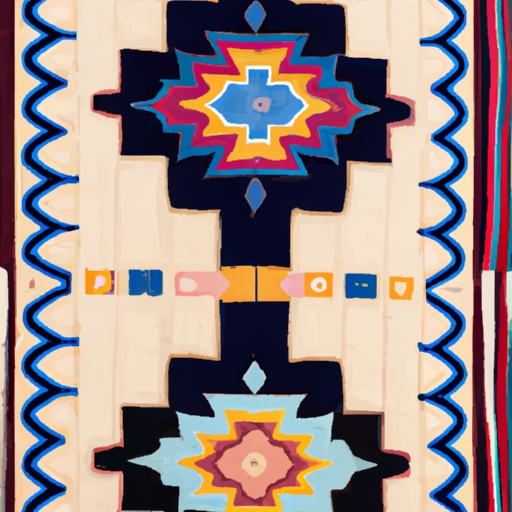
native american southwestern
Historical Background of Native American Tribes in the Southwest
The Native American tribes in the Southwest have a rich and diverse historical background that dates back thousands of years. These tribes, such as the Navajo, Apache, Hopi, and Pueblo peoples, inhabited the arid desert regions of New Mexico, Arizona, Utah, and Colorado.
Their civilizations flourished long before European settlers arrived on American soil. These tribes developed unique cultures and ways of life that were deeply connected to their environment. They were skilled farmers who cultivated crops such as corn, beans, and squash using sophisticated irrigation techniques.
The Native Americans of the Southwest also had a strong spiritual connection to the land. They believed in a complex system of deities and spirits that governed various aspects of life. Ceremonies and rituals played a crucial role in their daily lives, helping them maintain harmony with nature.
Trade was an essential part of these tribes' existence. They established extensive networks that spanned across vast distances, enabling them to exchange goods and ideas with other Native American groups. Turquoise from what is now known as New Mexico became highly prized throughout the region and beyond.
Despite their advanced societies, conflict among different tribes was not uncommon. The competition for resources sometimes led to territorial disputes or even warfare. However, many tribes also formed alliances when faced with external threats or challenges.
The arrival of Spanish explorers in the 16th century marked a significant turning point for these Native American communities. The Spanish introduced new technologies like horses and metal tools while imposing their own culture and religion on the indigenous people.
Subsequent colonization by European powers further disrupted the lives of Native Americans in the Southwest. Forced relocation to reservations and attempts at assimilation into mainstream society resulted in immense cultural loss for many tribes.
Today, however, efforts are being made to preserve and revitalize Native American traditions in the Southwest. Tribal communities are reclaiming their languages, customs, arts, and crafts through various educational initiatives aimed at passing down ancestral knowledge to future generations.
The historical background of Native American tribes in the Southwest is a testament to their resilience and enduring spirit. Despite centuries of adversity, these indigenous peoples continue to celebrate their rich heritage, forging a brighter future while honoring their past.


